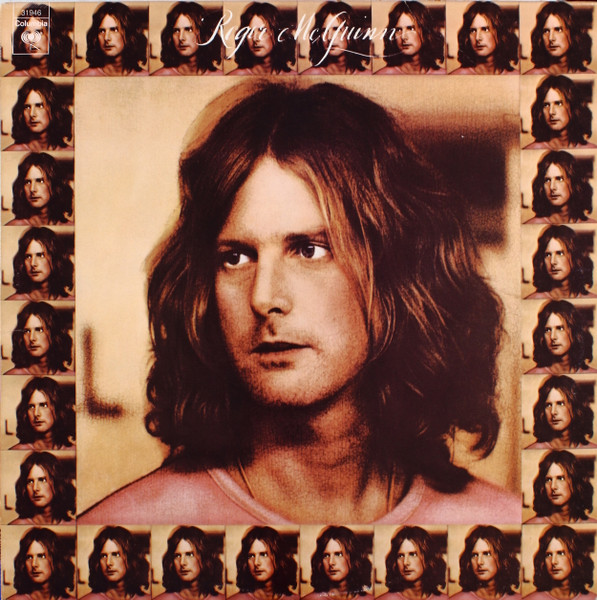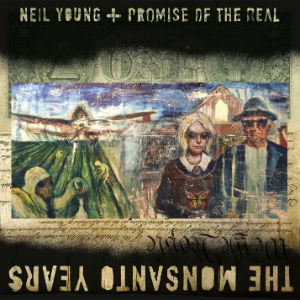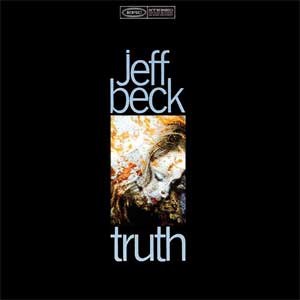“Where Do The Children Play?” is a naïve but strong argument defending the planet, simple enough for budding guitarists to master. “Hard Headed Woman” is more complicated and darker, but for backhanded compliments in the form of a breakup speech, it’s tough to beat “Wild World” and its downward scale runs. “Sad Lisa” is a more sensitive portrait of a woman, with a neat Leslie effect on the piano fading in and out of the mix. Even more so, “Miles From Nowhere” teeters between meditative verses and insistent bridges.
Musically, “But I Might Die Tonight” is a little too close to the other three-chord songs on the album, but the lyrics, while list-like, are through provoking and it’s a short tune. Beginning with ambient effects and a catchy chant, “Longer Boats” seems pastoral, but there’s a hint of menace in there (slavery perhaps?). “Into White” runs the gamut of the color spectrum, helped out by the initial-caps on the back cover. “On The Road To Find Out” is one of the best songs about searching to listen to when you’re questioning yourself, just as “Father And Son” explores the generation gap with sympathy. That leaves the title track, a minute-long piano piece that explodes into a big choral part for two words, assuring that the children have indeed found a place to play.
Besides the songwriting, Cat Stevens demonstrates equal skill on the guitar and keyboards throughout Tea For The Tillerman. Plus, he proves that an album doesn’t have to have an electric guitar to rock, as the rhythm section drives the arrangements when called for. He was getting better, and would continue to do so. (The obligatory Deluxe Edition is an odd assortment of demos mixed betwixt both contemporary and later live tracks.)
For its golden anniversary, Yusuf took the bold step of re-recording the entire album, and releasing it as Tea For The Tillerman2. Some of the songs are in lower keys, some have tweaked lyrics, and it seems a little slower; the new version runs about three minutes longer than the original. (The nice man on the cover now sits under a moonlit sky in a spacesuit.) For the most part it’s the same, though “Miles From Nowhere” rocks a little harder. “But I Might Die Tonight” gets extended and a Mideastern influence, as does “On The Road To Find Out”. “Longer Boats” didn’t need a rap interlude and the French jazz take on “Wild World” simply misses, but “Father And Son” just gets more touching as the years go by. For this version, the “son” parts are sung by a younger Cat Stevens, flown in from the Troubadour in 1970. (These recordings were also included in the 50th Anniversary Super Deluxe Edition of the album, along with the original mix and a new mix each on their own discs, a disc of demos, alternates, and outtakes—including the songs from Harold And Maude and a rare duet with Elton John—and a fifth disc loaded with live material from the period, plus a Blu-ray and both the new mix and some of the live tracks on vinyl. The similar two-CD Deluxe Edition limited the extras to a handful of demos and live recordings.)
Cat Stevens Tea For The Tillerman (1970)—3½
2008 Deluxe Edition: same as 1970, plus 11 extra tracks
2020 50th Anniversary Deluxe Edition: same as 1970, plus 14 extra tracks (Super Deluxe Edition adds another 36 tracks plus Blu-ray)
Yusuf/Cat Stevens Tea For The Tillerman2 (2020)—3









